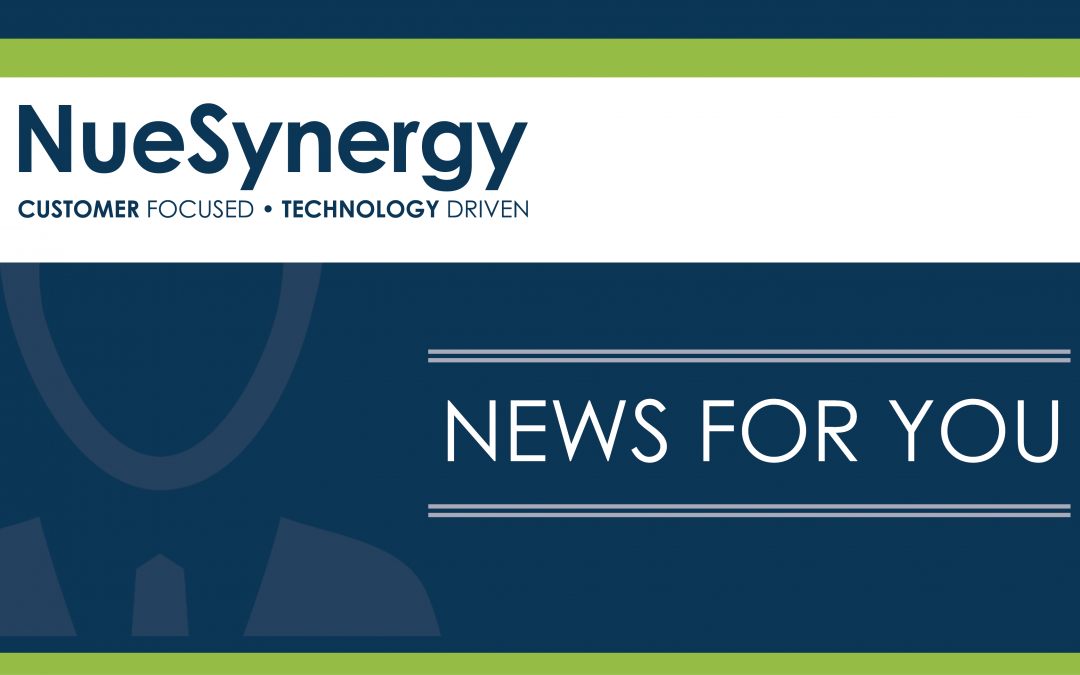
The case for an HSA-first investment strategy
Why contribute to an HSA first
While a 401(k) plan will beat an HSA if left to retirement, reality hits when withdrawals are made from the 401(k) to pay for things like medical expenses – not to mention a 401(k), and other traditional retirement plans, are burdened with taxes and penalties. With health care being one of the biggest expenses most individuals will face during retirement, an “HSA first” approach makes the most sense, as it offers a unique triple-tax advantage.
Additional HSA benefits
For those who are uncomfortable with this strategy, there are several additional benefits to an HSA, such as
100% of unused funds roll over year-after-year
Funds go with you even if you switch employers
Can pay for the eligible expenses of your legal spouse and tax dependents regardless of their insurance
Can be used for Medicare premiums as well as qualified long-term care premiums
An individual can also reimburse for out-of-pocket health expenses at any time – even 30 or 40 years in the future. During that time, money grows in the HSA tax free. Some refer to the HSA as a “stealth IRA” when it’s used this way.
There’s no downside to maxing out your HSA contribution
Having tax-free funds available to pay medical costs, as opposed to utilizing the taxable 401(k) or IRA distribution, can make a huge difference to retirees. For those lucky few with little need for health care spending or savings during retirement, HSA funds are accessible for distribution for any purpose, without penalty, once the account holder reaches age 65. Non-qualified withdrawals are taxable, but so are withdrawals from pre-tax retirement accounts.
Many are unaware of this fact, but HSAs can also be invested into bank accounts, stocks, bonds, money market funds and mutual funds. Rather than using the HSA solely to pay for medical expenses, participants have the flexibility to invest and choose when and when not to use their HSA dollars. And while it’s not possible to move HSA funds into an IRA or 401(k), participants may roll IRA funds directly into an HSA, and there’s an indirect way to move 401(k) funds from a former employer into an HSA. Participants may do this once in a lifetime.
So what’s the catch? There has to be a downside, right? Ultimately, there is no downside to the “HSA first” approach to maxing out contributions. However, before switching investment strategies, participants should look to their financial advisors for guidance.



